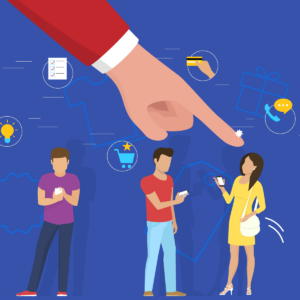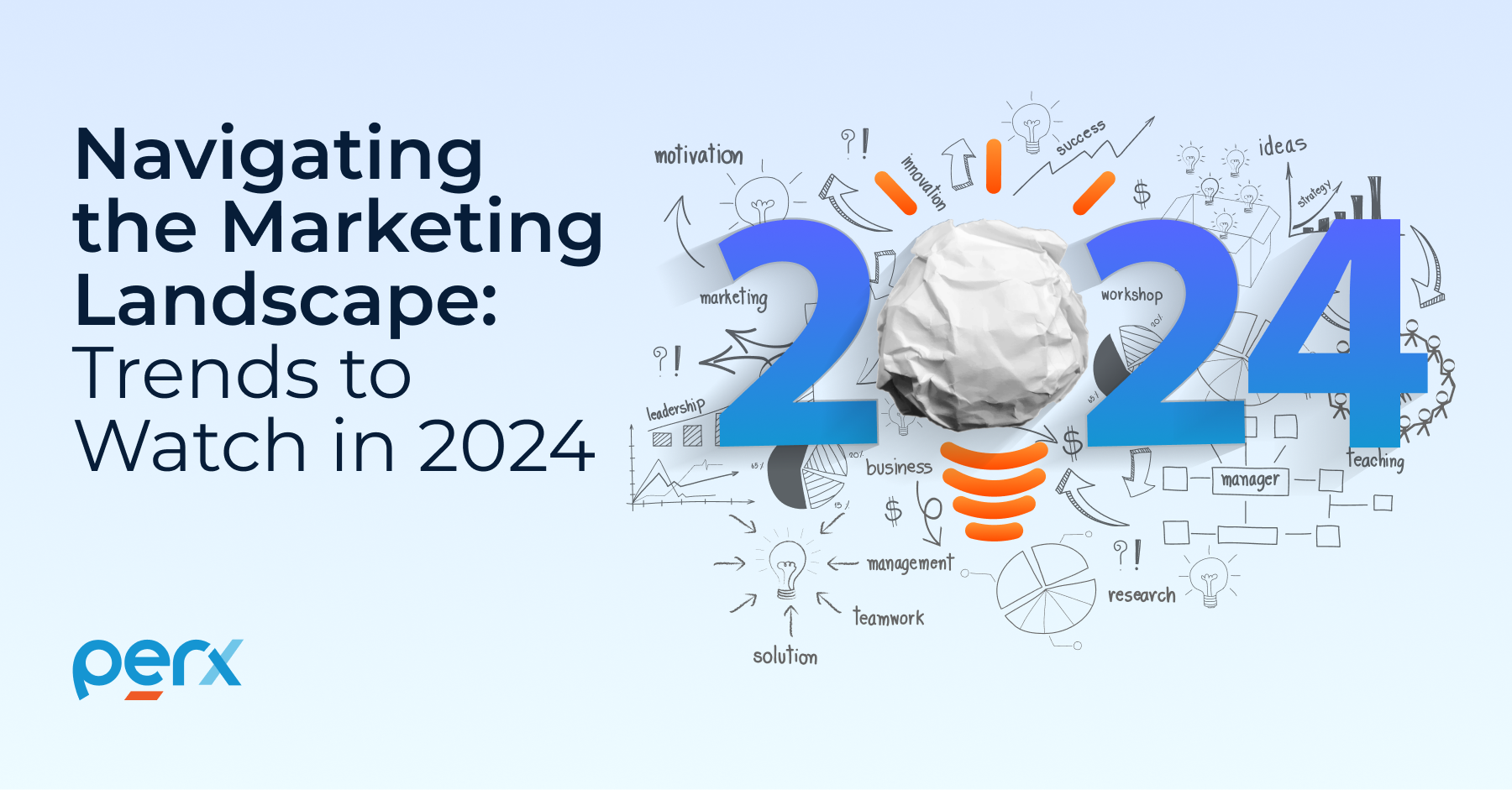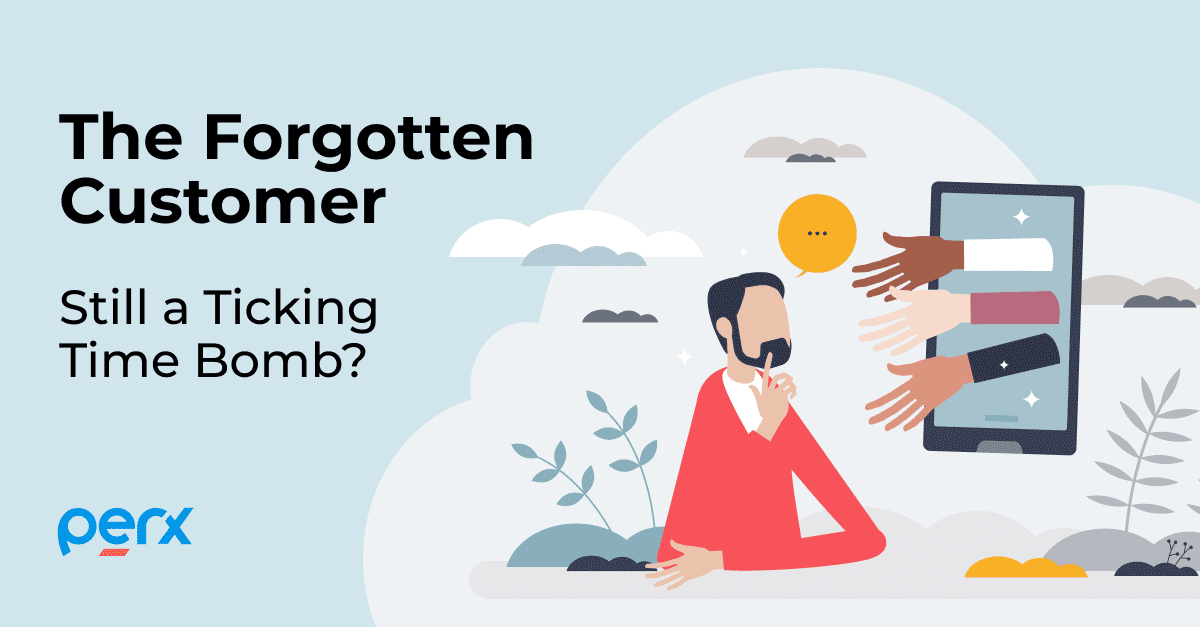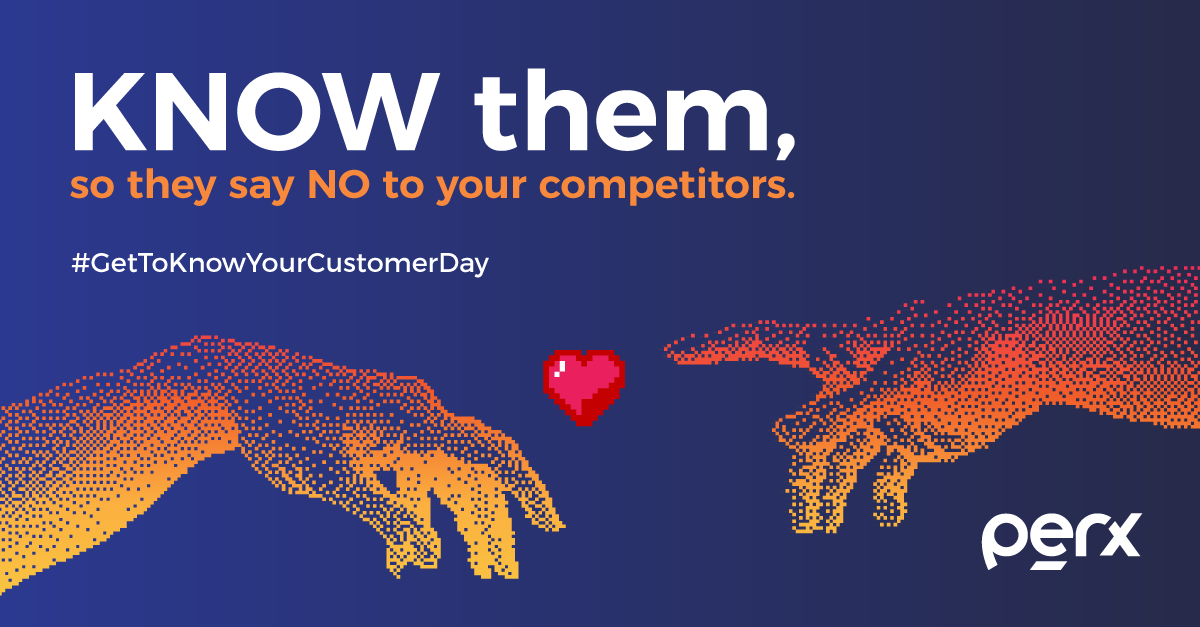Are customers ignoring your digital marketing efforts?

Are customers ignoring your digital marketing efforts?
Too frequently, client acquisition and the subsequent onboarding engagement are used to gauge the success of marketing campaigns. What happens next? What do brands do once they have successfully acquired these customers?
Engaging with existing customers today can’t be limited to loyalty points and gift vouchers for birthdays and anniversaries. Customers expect brand engagement that is more personal and relevant to them. When customer interactions are not exact and timely, brands lose their customer’s interest.

So customers start to actively disengage with you. Do they get your campaign notifications and marketing messages, yes. But do they always engage with it? Answer is most likely no. Getting unsubscribed by customers or landing in spam is a marketer’s worst nightmare. Marketers across the globe struggle with getting high click through rates, below average engagement & campaign participation. Why is that? Perhaps, the ‘one size fits all’ marketing strategy does not apply in this mobile-first economy. Customers find them to be irrelevant marketing messages or hard cross-sell attempts for products & services that do not fit their needs, at all.
The key to succeed at all these digital customer touch points is personalization, a concept that many acknowledge but few put into practice. Now, personalization and hyper-personalization are the latest buzzwords. But is it really magic?
No. Personalization is a method, not magic. It is the careful study of customer data and translating it into stories, behavior patterns and actionable insights. Every customer has a unique Wishlist, a unique need, a unique lifestyle and spending capacity. Brands need to identify and acknowledge this every step of the way.
The most successful brands translate customer data into delivering personalized customer experiences
So how can we actively engage existing customers -? Let’s talk about the two most effective ways to do it.
 Personalized Feeds
Personalized Feeds
A data driven method to optimally figure out your customer’s needs based on the information they have willingly shared with you.
Data algorithms help you cut through a pile of unread inbox emails to curate a customer journey-based messaging, talking about products and promotions that are of interest to them, much like how Meta does its platform feeds. Show them what they want to see and sell to them what they want to buy
 Precision Nudging
Precision Nudging
Millions of customers trust you with their data. Data that tells you their payments history, their wish list, their saving goals and financial plans and much more.
You are aware of what is sitting in their shopping cart. Technology has advanced enough so what is stopping you from exciting them offers that match their Wishlist.
We are living and breathing in the age of AI and deep learning. This is no longer innovation. Your customers expect this.
Use of data to nudge customers to complete actions by bringing them value through the process all while delivering the best customer experiences, is what most brands are lacking today.
There’s lot of catching up to do.
Brands need to begin thinking and messaging from the viewpoint of serving people’s needs and not just moving a product. Request a demo to experience how Perx can elevate user engagement.
Recommended for you

Strategy Insights, Blogs, Retailers

Blogs, Digital Marketing, Customer Retention

Blogs, Cookieless Future, Customer Retention

Blogs, Cookieless Future, Customer Retention

Blogs, Retailers, Customer Retention
Global businesses have driven over 5 billion customer-brand interactions on Perx.
Ready to join them?




















 Every Saturday from 9:00 a.m. to 3:00 p.m., customers could spin the Wheel of Treats for a chance to win at StarHub Snapping Saturday.
Every Saturday from 9:00 a.m. to 3:00 p.m., customers could spin the Wheel of Treats for a chance to win at StarHub Snapping Saturday.
 If you want customers to adopt your brand, you need to adapt to their lifestyle choices.
If you want customers to adopt your brand, you need to adapt to their lifestyle choices.


 In fact,
In fact, 







